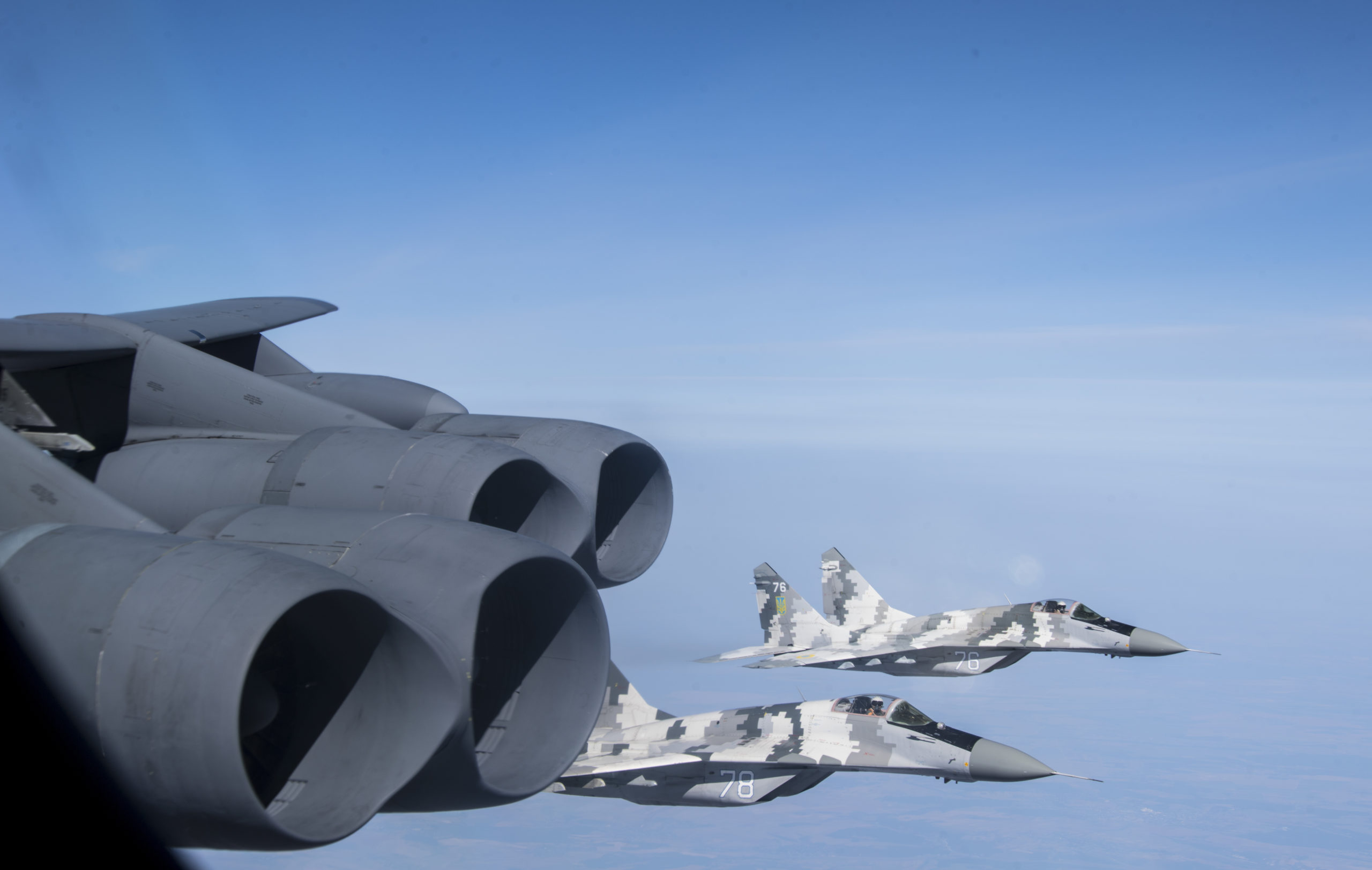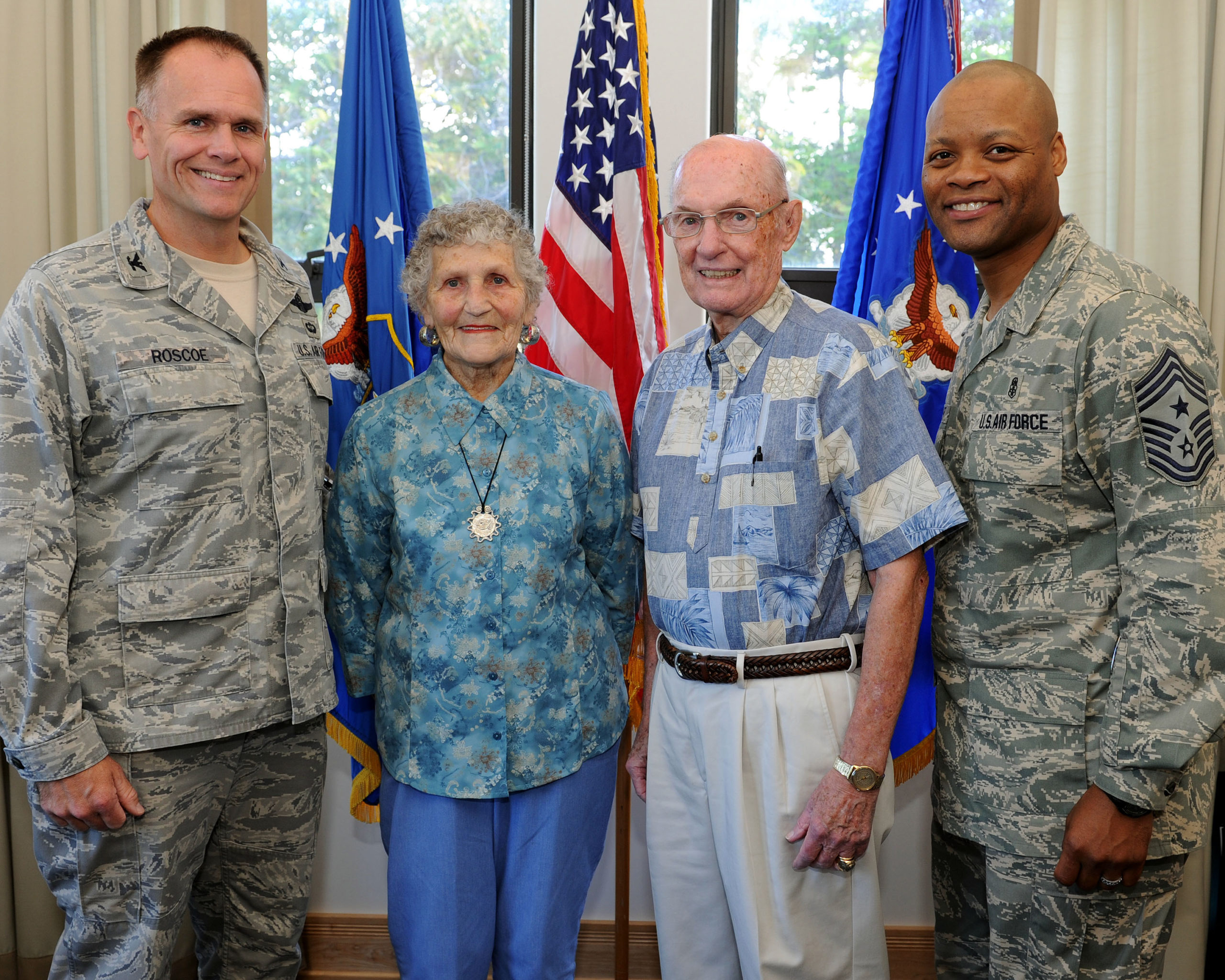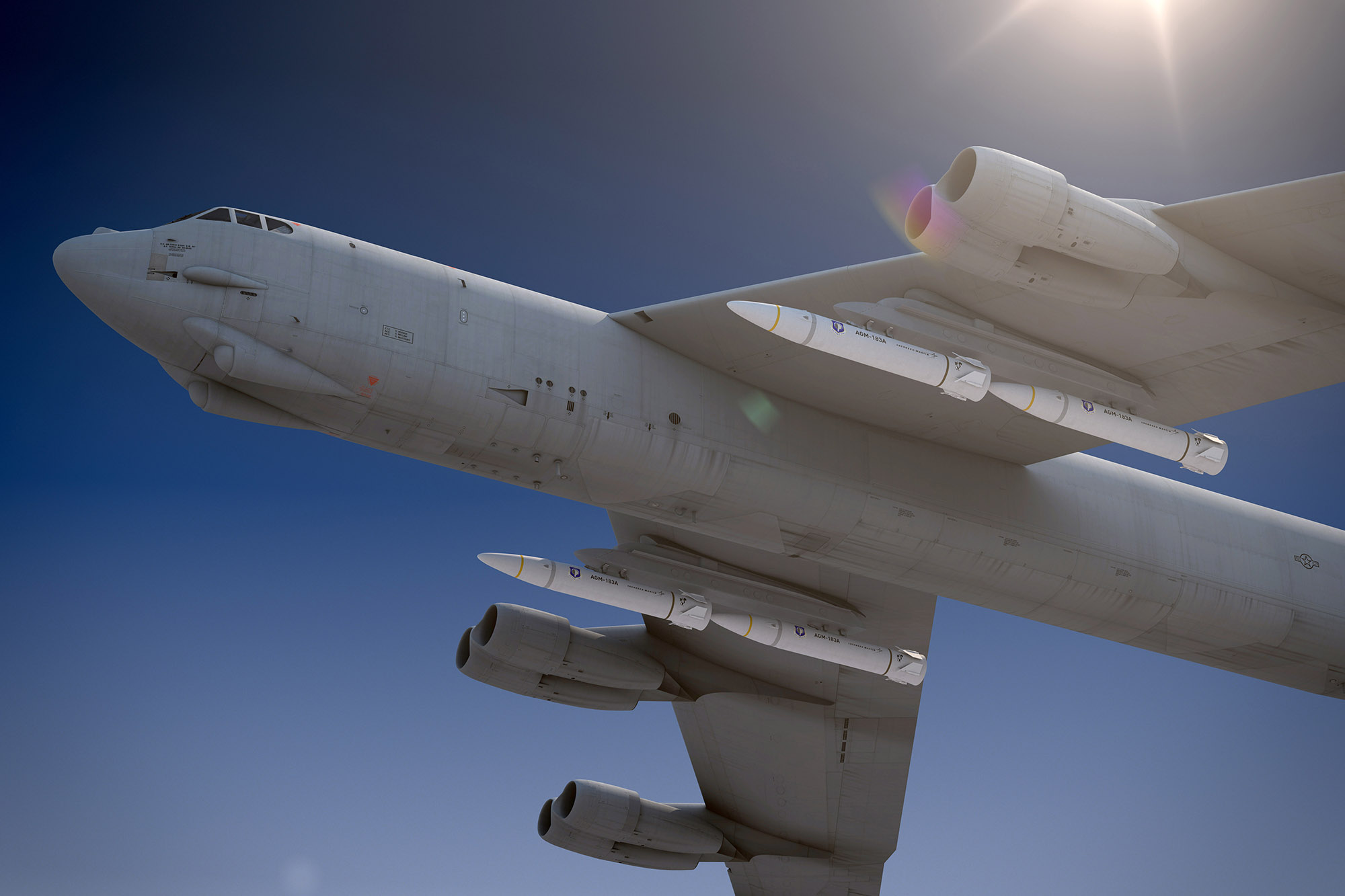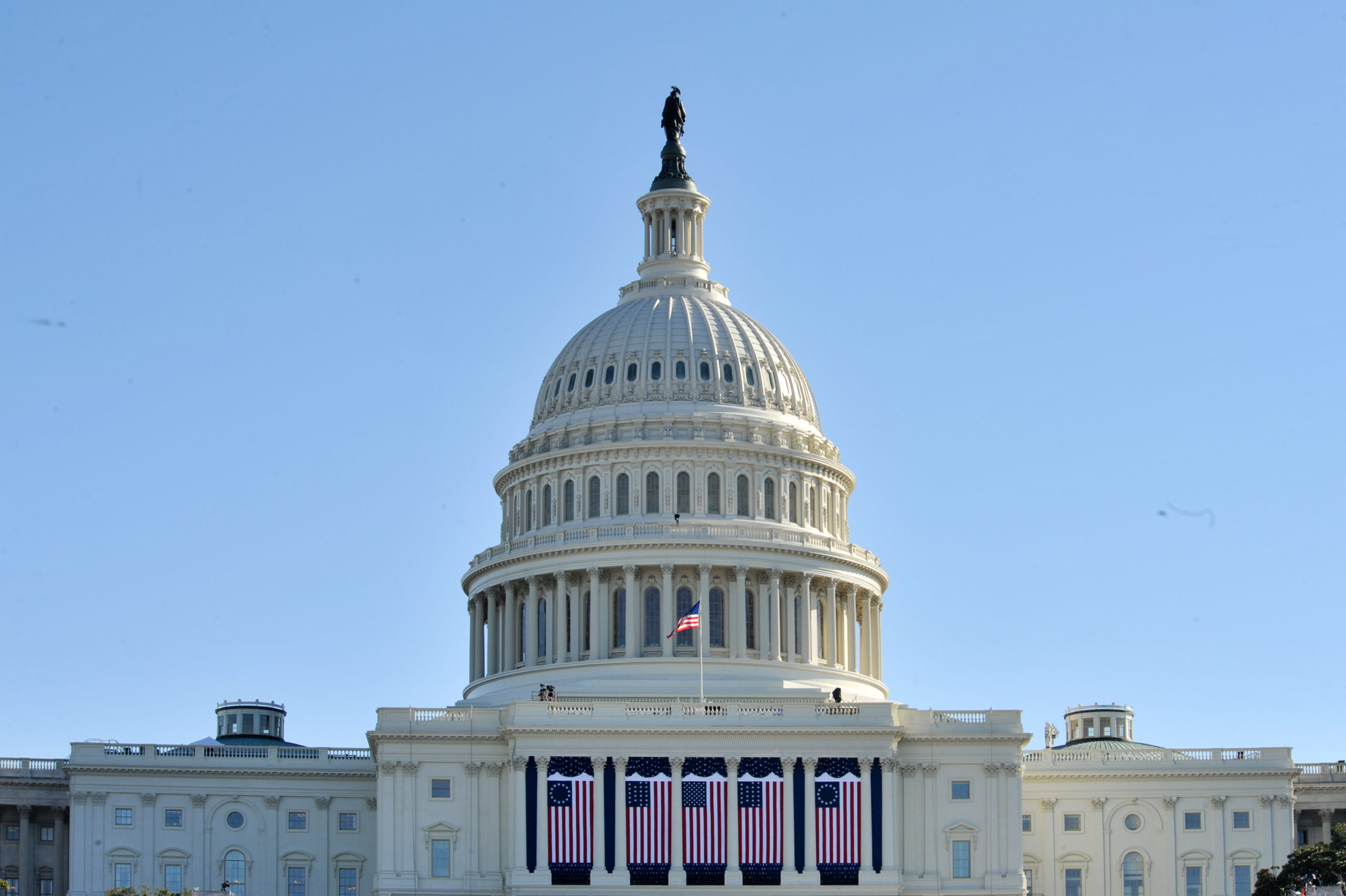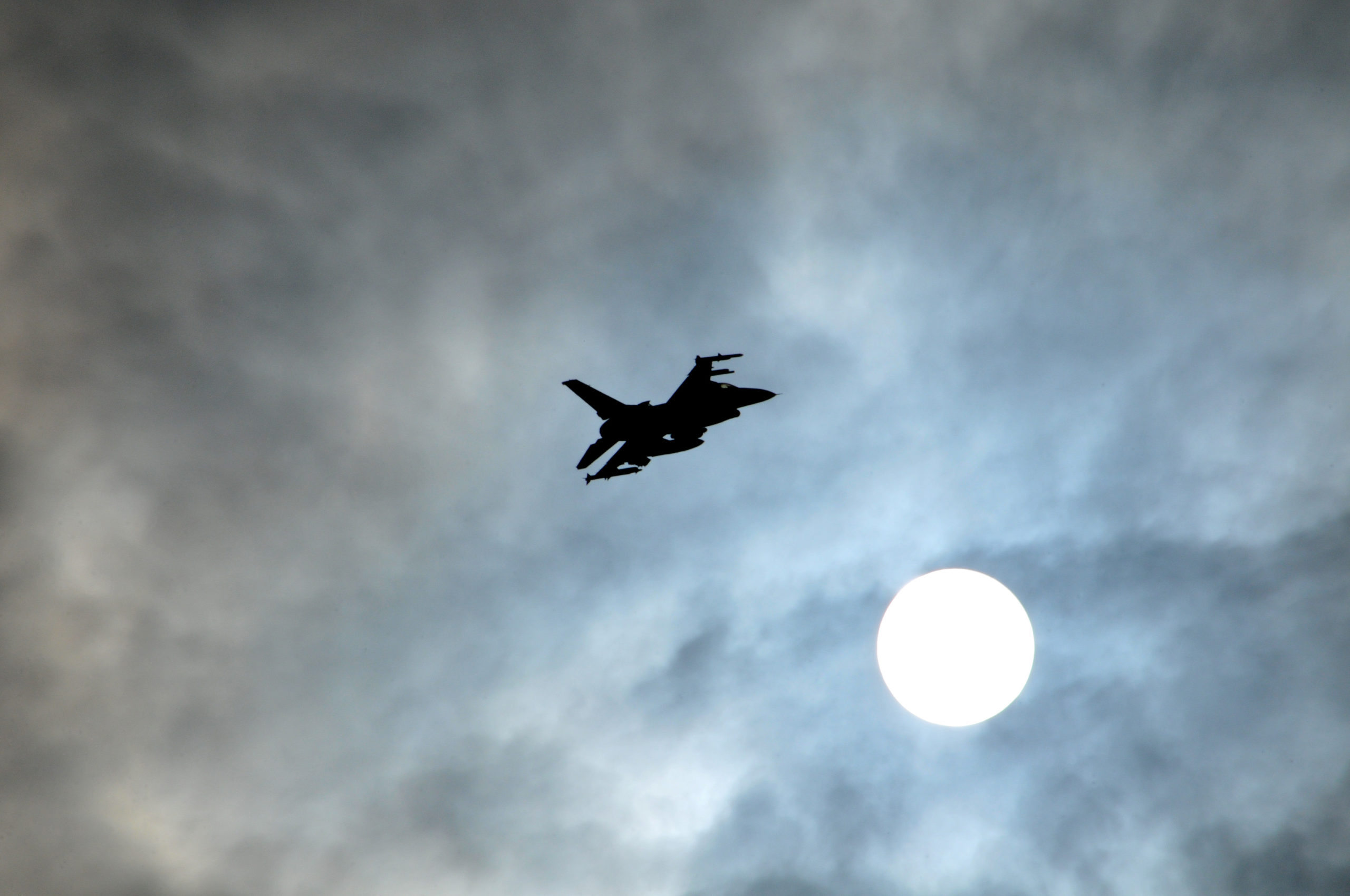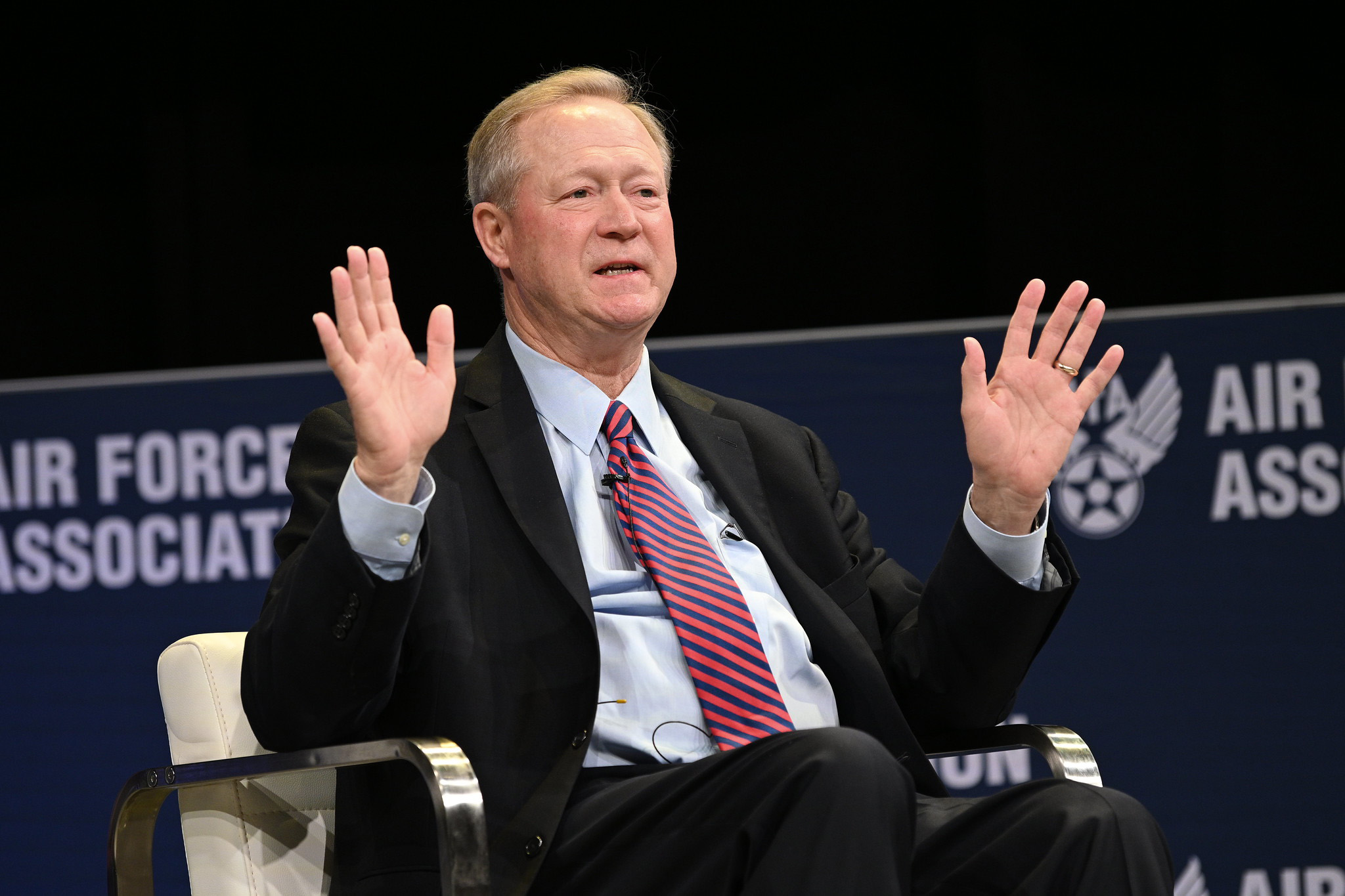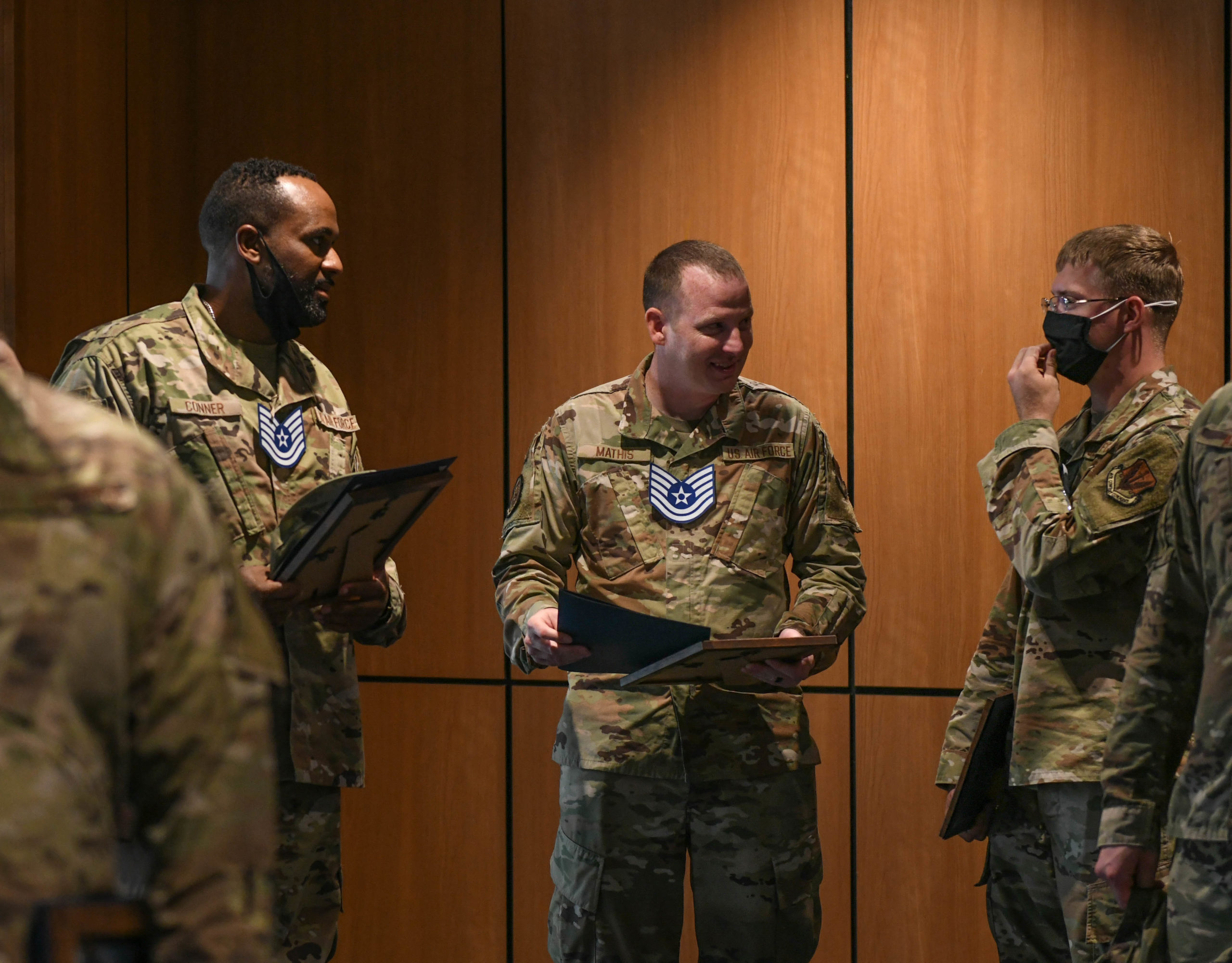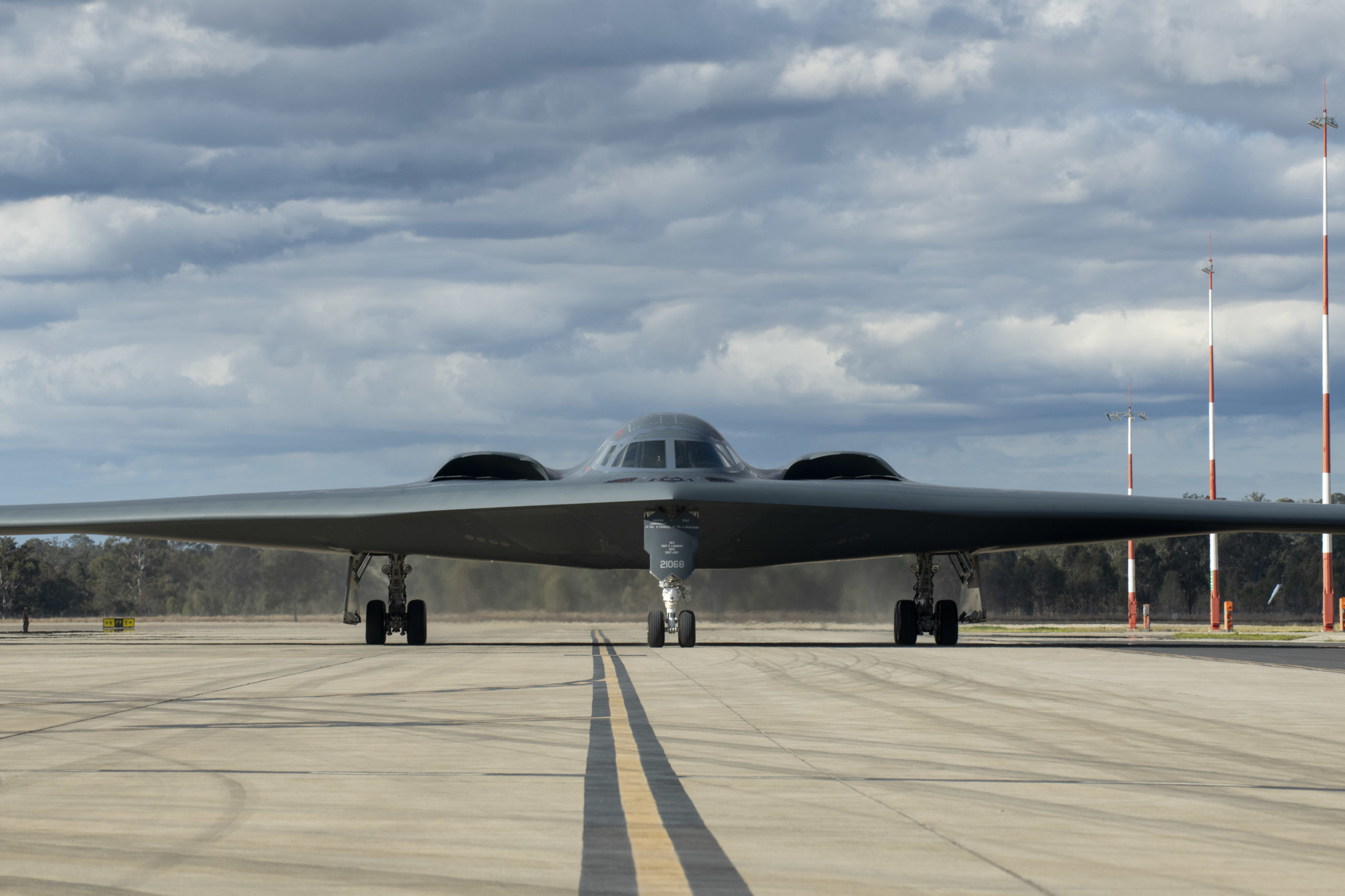On Capitol Hill and at the Pentagon from June 19 to 25, two Ukrainian pilots described the challenges they face flying outdated, analog MiG-29s on the front line of a war against sophisticated Russian jets.
They were asking for F-16s and the training to fly them.
Ukrainian pilots describe their sorties as “suicide missions,” according to one Ukrainian pilot who gave only his call sign “Nomad” for operational reasons in a video interview with Air Force Magazine.
“Every one of us understands that we have lack of capability in old airplanes,” said Nomad, who was not part of the group in Washington, D.C. “The Russian airplanes have much more capabilities. They usually fly beyond visual range. They usually use missiles that have a range of more than 80 miles.”
Nomad described the story of a pilot friend on a recent night mission in the eastern Donbas region who flew with no radar, searching the night sky for a dogfight with a Russian fighter, limited to heatseeking missiles at visual range. On countless other missions, Nomad said, by the time a Ukrainian pilot has seen the Su-30 or Su-35 jet he is up against, “it has already fired.”
“Each pilot in Ukraine is eager to start training on F-16s,” he added.
Nomad is the only Ukrainian pilot in the United States right now, part of an Air Force leadership program at Columbus Air Force Base, Miss., that began before Russia invaded Ukraine on Feb. 24, but he regularly speaks to fellow Ukrainian pilots. In spite of his pleas to return and enter the fight, Nomad’s leaders ordered him to stay in the United States and finish the program.
“I am a backup plan,” said Nomad, explaining that the Ukrainian Air Force hopes he can be among the first Ukrainian pilots to enter F-16 fighter training. “I’m ready to go.”
Nomad said the MiG pilots in his group fly two to three sorties per day in planes with 1980s technology against new Russian fighter jets.
“My guys, they were struggling fighting against Russian pilots in advanced airplanes,” he said.
“We talk a lot about American pilots,” he continued. “They train a lot. They fly a lot. They have a lot of experience, and they have really nice airplanes to fight against someone. So, everyone wants to fly an F-16.”
He added: “That’s the reason why we are really highly motivated to train on F-16s.”
Col. Yuri Ignat, chief spokesperson for the Ukrainian Air Force Command, told Air Force Magazine that Ukraine has at least 30 pilots with sufficient English-language skills ready to travel to the United States for fighter pilot training along with the corresponding engineers and maintenance teams, if a deal can be struck.
“To learn the first stage of takeoff and landing and flying from point A to point B, it will take a few weeks, but to learn how to fight on it, to learn how to use missiles, we will take around six months,” Ignat said by videoconference from Ukraine’s Air Force headquarters in Vinnytsia, Ukraine.
Ignat said the Ukrainian Air Force flies in squadrons of 12 aircraft, and it believes two F-16 squadrons plus reserve platforms would turn the tide of the war with Russia. He said transfer of F-16s, either by the United States or another nation, would ultimately require U.S. approval.
“We are defending our cities with fighter jets, those cities like Zaporizhzhia, Mikolaev, the cities that are under the Ukrainian control,” he said, referring to front line cities threatened by Russia in the south and east of Ukraine.
“We also will need these fighter jets to use for the de-occupation of our territories,” he said. “We are not speaking about attacking territories, but we are speaking about de-occupying those that are Ukrainian.”
Ignat said the Ukrainian Air Force would follow the lead of nearby Eastern European nations such as Poland and Romania that have already made the transition from MiGs to F-16s and have flown both platforms together.
Concerns about sufficient runways are misplaced, he said, because Ukraine is flying its military missions out of civilian airports during wartime. Polish F-16s and American F-15E Strike Eagles have participated in exercises in Ukraine, using Ukrainian runways, in 2018 and 2019.
Both Ukrainian airmen said a principal reason Ukraine seeks F-16s is the airplane’s ability to conduct suppression of enemy air defenses (SEAD) missions.
Ignat said Russian media and social media are already spreading news stories about the possibility that Ukraine can receive modern American jets.
“It makes them nervous,” Ignat explained. “Because they understand that as soon as Ukraine will have modern jets, that will help us to destroy their ground air defenses that are located on the occupied territories of Ukraine and which they are using to strike targets in our territory.”
He added: “That will basically leave them without the control of the air, and they will run away immediately.”
The F-16’s ability to carry long-range missiles reaching 100 km will also keep Russian bombers at bay, he said, and prevent more civilian attacks like those that have killed Ukrainians at a shopping mall and recreation center in recent weeks.
But the Defense Department and White House have been silent about the possibility of F-16 training.
“On training of pilots, there are no current plans to train Ukraine on any air platform other than those that they are using every day effectively in the battle right now,” a senior defense official said in response to a question from Air Force Magazine at a July 8 Pentagon briefing.
Legislative Efforts
A Ukrainian defense official who spoke to Air Force Magazine said the June delegation visited the Pentagon and met with Nathaniel Adler, principal director for Russia, Ukraine, and Eurasia policy, in addition to representatives of the Joint Chiefs of Staff.
The delegation also met with more than a dozen representatives and senators from both sides of the aisle, including Rep. Adam Kinzinger, R-Ill., who is co-sponsoring legislation that would finance the training of Ukrainian pilots.
Also in the House, an amendment to the National Defense Authorization Act would authorize $100 million to provide training to Ukrainian pilots and ground crews to become familiarized with American aircraft. It doesn’t say who would provide the training. A July 11 letter from the Air and Space Forces Association called on members of the House rules and foreign affairs committees to support the amendment.
“Since it appears the War of Russian Aggression on Ukraine will continue for an extended duration, our nation must prepare now to ensure a long-term, steady flow of sophisticated weapons so our Ukrainian allies may continue to repulse this invasion,” the letter said. “In no area is this more important than the air.”
AFA argued in the letter that the inevitable attrition of the Ukrainian Air Force would eventually lead to Russian air superiority.
“This amendment may provide the military capabilities necessary to keep the Ukrainian Air Force in the fight,” the letter said.
A Ukrainian defense official who was part of the June delegation said U.S. concerns about escalation with Russia were voiced repeatedly.
“Ukraine is not afraid to attack and to fight back—maybe America should not be afraid also to fight back,” Ignat said in an effort to counter the American government concern.
“There is no way we will give up on Ukraine,” he continued. “And for the U.S., if Ukraine loses, it will be a big loss in terms of the global development of democracy, in terms of leadership in a free world.”
